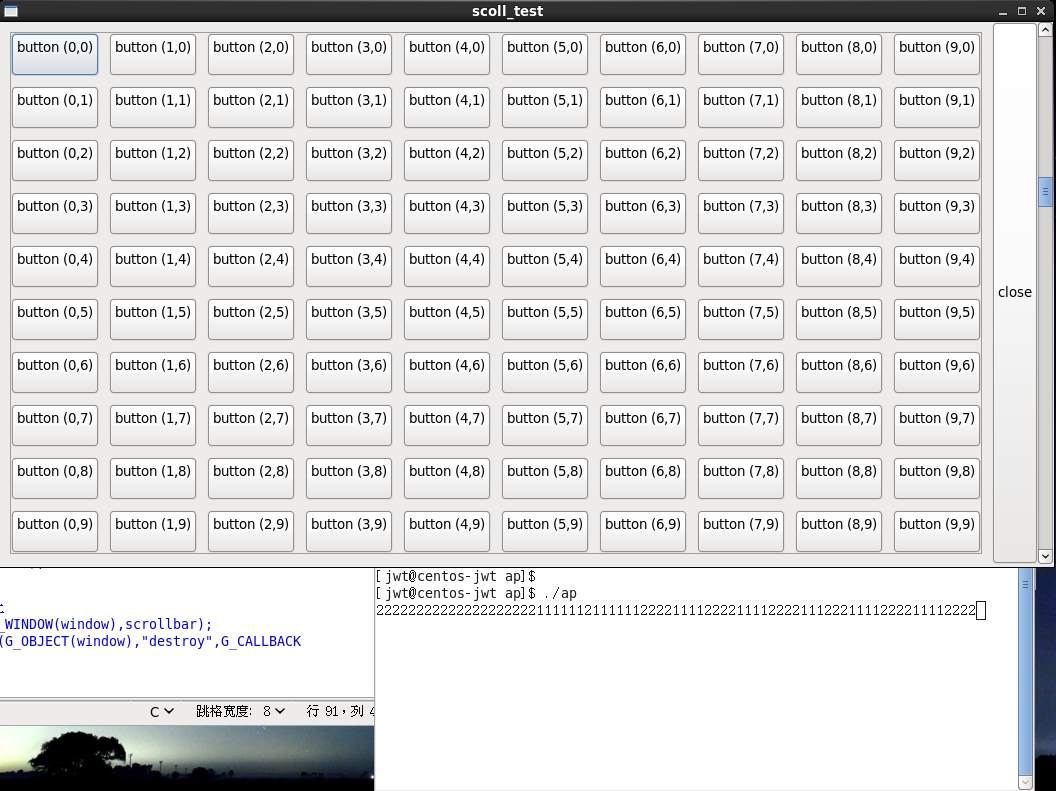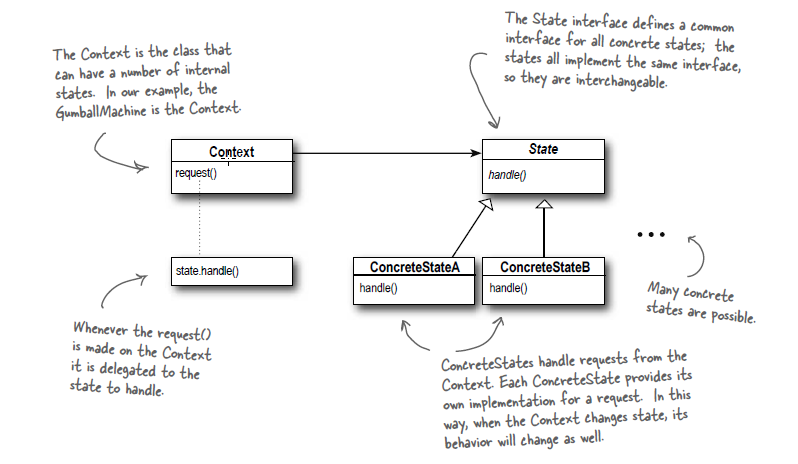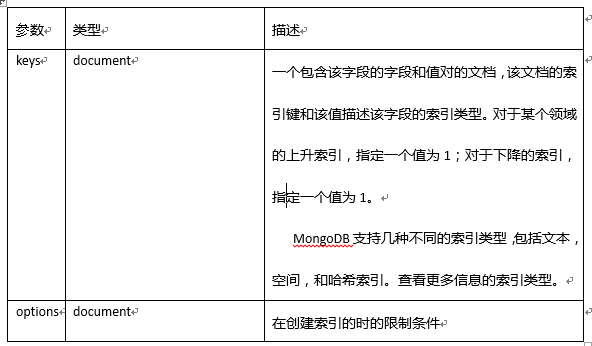设计模式 - 工厂模式(通用工厂)
参考链接: [link](https://www.runoob.com/design-pattern/factory-pattern.html).
什么是工厂模式
工厂模式(Factory Pattern)是 Java 中最常用的设计模式之一。这种类型的设计模式属于创建型模式,它提供了一种创建对象的最佳方式。在工厂模式中,我们在创建对象时不会对客户端暴露创建逻辑,并且是通过使用一个共同的接口来指向新创建的对象。意图:定义一个创建对象的接口,让其子类自己决定实例化哪一个工厂类,工厂模式使其创建过程延迟到子类进行。主要解决:**主要解决接口选择的问题**。何时使用:我们明确地计划不同条件下创建不同实例时。如何解决:让其子类实现工厂接口,返回的也是一个抽象的产品。关键代码:创建过程在其子类执行。优点: 1、一个调用者想创建一个对象,只要知道其名称就可以了。 2、扩展性高,如果想增加一个产品,只要扩展一个工厂类就可以。 3、屏蔽产品的具体实现,调用者只关心产品的接口。缺点:每次增加一个产品时,都需要增加一个具体类和对象实现工厂,使得系统中类的个数成倍增加,在一定程度上增加了系统的复杂度,同时也增加了系统具体类的依赖。这并不是什么好事。
什么是抽象工厂模式
抽象工厂模式(Abstract Factory Pattern)是围绕一个超级工厂创建其他工厂。该超级工厂又称为其他工厂的工厂。这种类型的设计模式属于创建型模式,它提供了一种创建对象的最佳方式。在抽象工厂模式中,接口是负责创建一个相关对象的工厂,不需要显式指定它们的类。每个生成的工厂都能按照工厂模式提供对象。意图:提供一个创建一系列相关或相互依赖对象的接口,而无需指定它们具体的类。主要解决:**主要解决接口选择的问题**。何时使用:系统的产品有多于一个的产品族,而系统只消费其中某一族的产品。如何解决:在一个产品族里面,定义多个产品。关键代码:在一个工厂里聚合多个同类产品。优点:当一个产品族中的多个对象被设计成一起工作时,它能保证客户端始终只使用同一个产品族中的对象。缺点:产品族扩展非常困难,要增加一个系列的某一产品,既要在抽象的 Creator 里加代码,又要在具体的里面加代码。
工厂模式解决的是接口选择的问题
实际场景
顾客在收银端买单时可以选择多种支付方式付款,目前收款包含现金支付,扫码支付,会员余额支付。该接口后期将还会拓展其他支付方式。
如何使用工厂模式解决这一选择支付的问题呢?
1.创建支付常量,不要在代码里出现魔法值
/*** 支付常量*/public class PayConstant {/*** 支付类型*/public enum PayTypeEnum {/***现金支付(1)*/CASH(1, "现金支付"),/*** 扫码支付(2)*/SCAN(2, "扫码支付"),/*** 会员余额支付(3)*/VIP(3, "会员余额支付"),;PayTypeEnum(Integer value, String name) {this.value = value;this.name = name;}/*** 通过编号获取支付方式名称值*/public static String getPayTypeName(Integer payType) {PayTypeEnum[] payTypes = values();for (PayTypeEnum payTypeEnum : payTypes) {if (payTypeEnum.getValue().equals(payType)) {return payTypeEnum.getName();}}return null;}private final Integer value;private final String name;public Integer getValue() {return value;}public String getName() {return name;}}}
2.新建支付接口PayService
/*** 支付接口*/public interface PayService {void pay();}
3.创建具体的实现类实现支付接口PayService
/**
* 具体实现类:现金支付*/public class CashPay implements PayService{@Overridepublic void pay() {System.out.println("CashPay实现类:现金支付");}}/*** 具体实现类:扫码支付*/public class ScanPay implements PayService{@Overridepublic void pay() {System.out.println("ScanPay实现类:扫码支付");}}/*** 具体实现类:会员余额支付*/public class VipPay implements PayService{@Overridepublic void pay() {System.out.println("VipPay实现类:会员余额支付");}}
4.静态工厂:用来生产具体的实现类,也就是说通过静态类方法中if或swich 条件判断去生产创建的实现类
优点
- 实现简单,只需一个静态类方法即可,所以也称之为静态工厂。
- 将对象的创建和对象本身业务处理分离可以降低系统的耦合度,使得两者修改起来都相对容易。
缺点
- 扩展性差,⼯⼚类的职责相对过重,增加新的产品需要修改⼯⼚类
的判断逻辑,违背即开闭原则。 增加了系统的复杂度和理解难度,不利于系统的扩展和维护
public class PayFactory {
public static PayService getPayFactory(Integer payType){if(PayConstant.PayTypeEnum.CASH.getValue().equals(payType)){return new CashPay();}if(PayConstant.PayTypeEnum.SCAN.getValue().equals(payType)){return new ScanPay();}if(PayConstant.PayTypeEnum.VIP.getValue().equals(payType)){return new VipPay();}System.out.println("不存在该支付方式");throw new BusinessRuntimeException(ErrorResultCode.SYSTEM_ERROR);}
}
public class Main {
public static void main(String[] args) {System.out.println("现金支付=====================");PayService cashPay = PayFactory.getPayFactory(PayConstant.PayTypeEnum.CASH.getValue());cashPay.pay();System.out.println("扫码支付=====================");PayService scanPay = PayFactory.getPayFactory(PayConstant.PayTypeEnum.SCAN.getValue());scanPay.pay();System.out.println("会员余额支付===================");PayService vipScanPay = PayFactory.getPayFactory(PayConstant.PayTypeEnum.VIP.getValue());vipScanPay.pay();}}
5.spring中结合策略模式来使用简单工厂方法模式
spring中类的创建都不需要我们自己创建了,只要选择的使用它们即可,代码改造一下
/*** 支付接口*/public interface PayService {String pay();}/*** 具体实现类:现金支付*/@Service("CashPay")public class CashPay implements PayService {@Overridepublic String pay() {return "CashPay实现类:现金支付";}}/*** 具体实现类:扫码支付*/@Service("ScanPay")public class ScanPay implements PayService {@Overridepublic String pay() {return "ScanPay实现类:扫码支付";}}/*** 具体实现类:会员余额支付*/@Service("VipPay")public class VipPay implements PayService {@Overridepublic String pay() {return "VipPay实现类:会员余额支付";}}/*** 支付常量*/public class PayConstant {/*** 支付类型*/public enum PayTypeEnum {/***现金支付(1)*/CASH(1, "CashPay"),/*** 扫码支付(2)*/SCAN(2, "ScanPay"),/*** 会员余额支付(3)*/VIP(3, "VipPay"),;PayTypeEnum(Integer value, String name) {this.value = value;this.name = name;}/*** 通过编号获取支付方式名称值*/public static String getPayTypeName(Integer payType) {PayTypeEnum[] payTypes = values();for (PayTypeEnum payTypeEnum : payTypes) {if (payTypeEnum.getValue().equals(payType)) {return payTypeEnum.getName();}}return null;}private final Integer value;private final String name;public Integer getValue() {return value;}public String getName() {return name;}}}/*** 注意:* 从ApplicationContextAware获取ApplicationContext上下文的情况,* 仅仅适用于当前运行的代码和已启动的Spring代码处于同一个Spring上下文,* 否则获取到的ApplicationContext是空的。* 定时任务是没办法获取到项目所在Spring容器启动之后的ApplicationContext*/@Componentpublic class PayServiceFactory implements ApplicationContextAware {private static Map<String, PayService> serviceMap;@Overridepublic void setApplicationContext(ApplicationContext applicationContext) throws BeansException {serviceMap = applicationContext.getBeansOfType(PayService.class);}/*** 获取对应serviceImpl实现类*/public PayService getService(Integer payType) {PayService payService = serviceMap.get(PayConstant.PayTypeEnum.getPayTypeName(payType));if(payService == null){System.out.println("不存在该支付方式");throw new BusinessRuntimeException(ErrorResultCode.SYSTEM_ERROR);}return payService;}}import com.zm.service.PayService;import com.zm.service.factory.PayServiceFactory;import io.swagger.annotations.ApiOperation;import org.hibernate.validator.constraints.Range;import org.springframework.beans.factory.annotation.Autowired;import org.springframework.validation.annotation.Validated;import org.springframework.web.bind.annotation.*;@RestController@Validatedpublic class FactoryController {@Autowiredprivate PayServiceFactory payServiceFactory;@GetMapping("/factory")@ApiOperation(value = "简单工厂演示" ,httpMethod = "GET")public String hello(@Range(min = 1,max = 3) @RequestParam("payType") Integer payType) {PayService service = payServiceFactory.getService(payType);return service.pay();}}
测试一下

通用模板
如果每个工厂都需要去创建这么类,肯定也是不行,那么封装一个通用的工厂模式
package com.chinadci.fj.app.base.factory;/*** @author zhou*/public interface Strategy<T> {/*** 获得策略的标识*/T getId();}
通用的策略工厂类
import org.springframework.beans.BeansException;import org.springframework.beans.factory.InitializingBean;import org.springframework.context.ApplicationContext;import org.springframework.context.ApplicationContextAware;import java.util.Collection;import java.util.HashMap;import java.util.Map;/*** 通用的策略工厂类* @param <T>* @param <S>*/public class StrategyFactory<T, S extends Strategy<T>> implements InitializingBean, ApplicationContextAware {private final Class<S> strategyType;private Map<T, S> strategyMap;private ApplicationContext appContext;/*** 创建一个策略工厂** @param strategyType 策略的类型*/public StrategyFactory(Class<S> strategyType) {this.strategyType = strategyType;}/*** 根据策略 id 获得对应的策略的 Bean** @param id 策略 id* @return 策略的 Bean*/public S getStrategy(T id) {return strategyMap.get(id);}@Overridepublic void afterPropertiesSet() {// 获取 Spring 容器中,所有 S 类型的 BeanCollection<S> strategies = appContext.getBeansOfType(strategyType).values();strategyMap = new HashMap<>(strategies.size());// 将 所有 S 类型的 Bean 放入到 strategyMap 中for (final S strategy : strategies) {T id = strategy.getId();strategyMap.put(id, strategy);}}@Overridepublic void setApplicationContext(ApplicationContext applicationContext) throws BeansException {appContext = applicationContext;}}
接口去继承Strategy类
/*** 支付接口* @author zhou*/public interface PayService extends Strategy<String>{String pay();}import org.springframework.stereotype.Service;/*** 具体实现类:现金支付*/@Service("CashPay")public class CashPay implements PayService {@Overridepublic String pay() {return "CashPay实现类:现金支付";}@Overridepublic String getId() {return "1";}}import org.springframework.stereotype.Service;/*** 具体实现类:扫码支付*/@Service("ScanPay")public class ScanPay implements PayService {@Overridepublic String pay() {return "ScanPay实现类:扫码支付";}@Overridepublic String getId() {return "2";}}import org.springframework.stereotype.Service;/*** 具体实现类:会员余额支付*/@Service("VipPay")public class VipPay implements PayService {@Overridepublic String pay() {return "VipPay实现类:会员余额支付";}@Overridepublic String getId() {return "3";}}
注册bean
import org.springframework.context.annotation.Bean;import org.springframework.context.annotation.Configuration;/*** 注册bean工厂* @author zhou*/@Configurationpublic class FactoryConfig {@Bean(name = "payServiceFactory")public StrategyFactory<String, PayService> payServiceFactory() {return new StrategyFactory<>(PayService.class);}}import com.zm.factory.PayService;import com.zm.factory.StrategyFactory;import org.springframework.beans.factory.annotation.Autowired;import org.springframework.validation.annotation.Validated;import org.springframework.web.bind.annotation.*;@RestController@Validatedpublic class FactoryController {@Autowiredprivate StrategyFactory<String, PayService> payServiceFactory;// http://localhost:8080/factory?payType=1@GetMapping("/factory")public String hello(@RequestParam("payType") String payType) {PayService service = payServiceFactory.getStrategy(payType);return service.pay();}}



































还没有评论,来说两句吧...